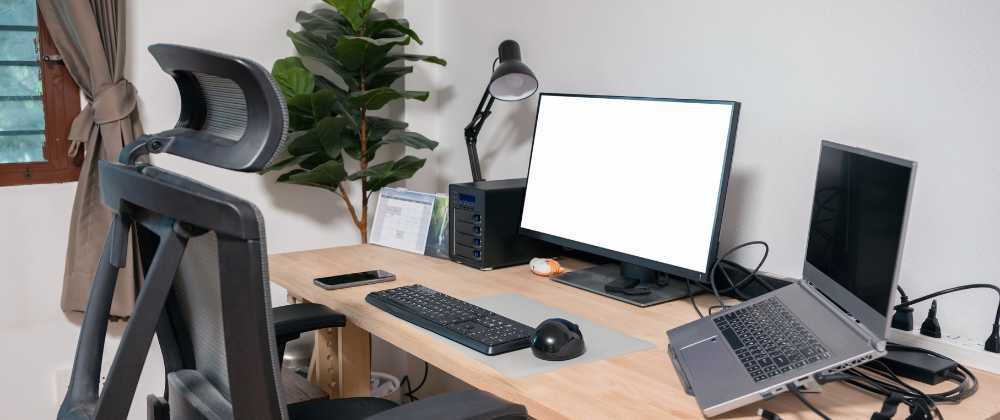Laptops have evolved. Once mere companions to the mighty desktop, today’s laptops match, if not surpass, their stationary counterparts in power and capability. In 2021, global laptop shipments reached nearly 246 million units, highlighting our insatiable appetite for portable computing. But what if you could tap into that power and flexibility and expand it further?
Imagine having the portability of a laptop for your on-the-go moments and the immersive experience of a desktop when you’re at home base. There’s a growing trend of gamers, professionals, and everyday users doing just that. They’re harnessing the power of their laptops and creating robust desktop environments. Why? Desktop setups offer larger displays, superior ergonomics, and the ease of multitasking. Let’s delve into this transformation, revealing how you too can get the best of both worlds.
Benefits of Transforming Laptop into a Desktop
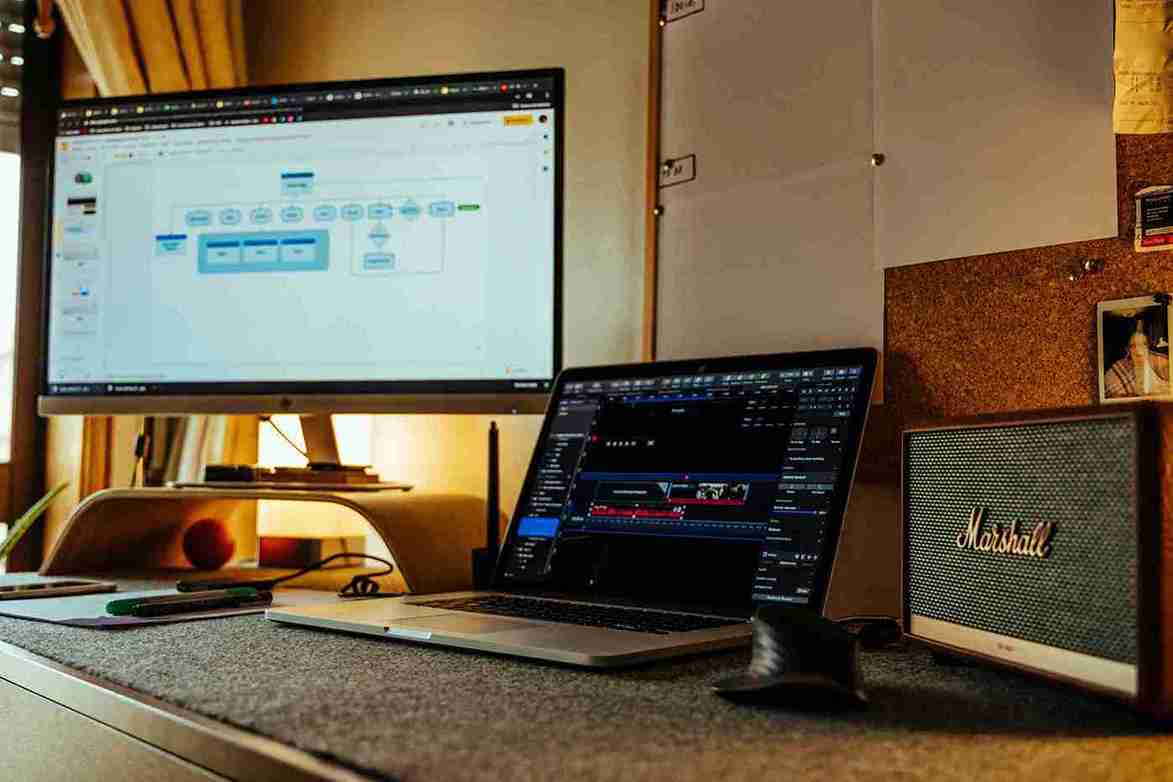
Here are some incredible benefits of transforming laptop into a desktop:
Enhanced Ergonomics and Increased Comfort:
The battleground isn’t just virtual. The physical war we wage at our desks – leaning in, straining eyes, wrestling with poor posture – it all takes a toll. Traditional laptops, while portable, often compromise ergonomics. According to a study by the Harvard Medical School, poor laptop posture can lead to musculoskeletal discomfort or disorders. By transforming your laptop into a desktop, you gain the ability to utilize ergonomic peripherals. Invest in a quality chair, position your monitor at eye level, and keep your keyboard at a comfortable height. Victory? Achieving hours of gameplay or work without the bodily strain.
Better Multitasking with Larger Screens:
In combat, a wider field of view can be the difference between life and death. The same principle applies in a digital workspace. A study by Jon Peddie Research found that dual monitors can increase productivity by up to 42%. Switching your laptop to a desktop setup, you have the power to integrate larger, or even multiple, monitors. Navigate documents, manage vast spreadsheets, or enjoy an immersive gaming experience – all with increased efficiency.
Upgraded Audio Experience:
Sound matters. Whether it’s the soft footfall of an enemy sneaking up behind or the clear notes of a business call, audio quality can make or break an experience. Laptops, with their built-in speakers, often falter here. However, with a desktop setup, you’re no longer restricted. Invest in quality external speakers or a surround sound system. The battlefield becomes alive, the movies more immersive, and the video conferences clearer.
Improved Thermal Performance and Longevity of Laptop:
Heat kills. Laptops, especially gaming ones, are notorious for their heat production. Over time, excessive heat can degrade performance and reduce the lifespan of your machine. A study by Seagate Technology found that for every 10°C increase in drive temperature, drive life is halved. By docking your laptop and using it as a desktop, you can incorporate external cooling solutions, giving your laptop the breath of fresh air, it desperately needs. This not only boosts performance but can also extend the life of your trusted companion.
In this evolution of tech warfare, adapting and maximizing your gear is not just smart—it’s survival. Transforming your laptop into a desktop is a strategy for success. Whether you’re diving into the virtual realm, conquering business deals, or simply enjoying multimedia, make the switch and witness the difference firsthand.
Necessary Hardware Components
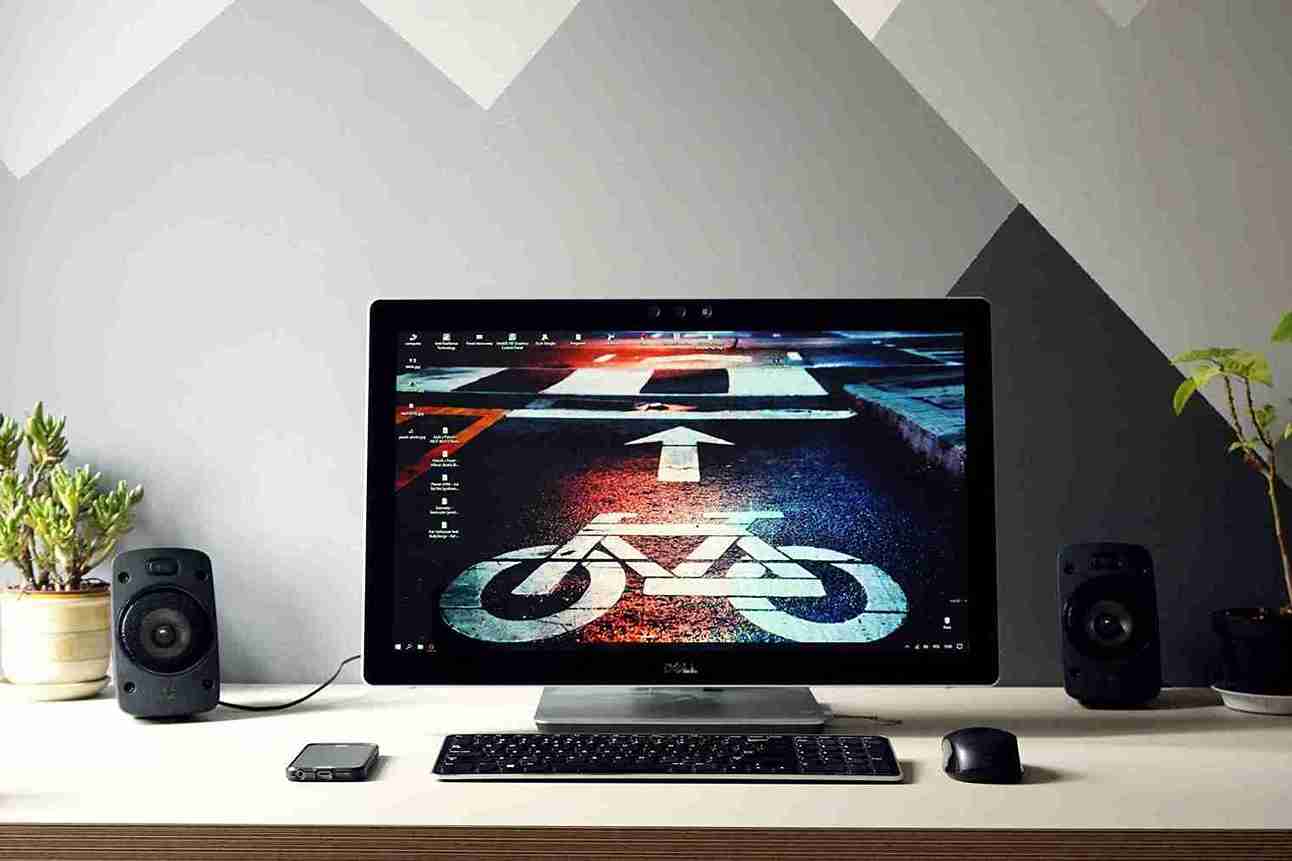
To upgrade, here are some of the necessary hardware components that one need:
a. External Monitors:
How to Choose the Right Monitor:
When it comes to picking a monitor, it’s akin to choosing a firearm—specificity is key. The size of your monitor determines the field of vision. Too big can be overkill, too small might leave you squinting. As for resolution, remember: clarity is king. 1080p works for casual gamers and standard tasks, but for the elite, 1440p or 4K offers crisp details. Refresh rate? It’s simple. The higher, the smoother. 60Hz may suffice for many, but a 144Hz or even 240Hz provides a seamless experience, especially in fast-paced combat scenarios.
Connecting Multiple Monitors:
Ever heard the saying, “two guns are better than one?” Well, the same goes for screens. Doubling up on monitors isn’t just a display of power—it’s about efficiency. Handle research on one, draft on the other. Game on the main, chat on the secondary. The possibilities? Endless. There’s a myriad of setups: extended, duplicated, or even panoramic. Choose your strategy.
b. Keyboard and Mouse:
Wired vs. Wireless Options:
The age-old debate. Wired offers reliability. No interruptions, no sudden battery deaths—a consistent ally. But wireless? Freedom of movement. No tangled cords, a cleaner desk. Both have their merits; pick according to your battle style.
Ergonomic Choices to Consider:
Like a sniper’s grip on his rifle, comfort is paramount. Long hours at the keyboard can be a strain. Ergonomic designs combat fatigue, allowing you to soldier on for longer. Key travel, palm support, mouse grip—all these factors play a role. Remember: A comfortable warrior is a deadly one.
c. Laptop Docking Stations:
Purpose of a Docking Station:
A docking station is the general in charge of the peripherals. It’s the hub, the command center. With a single connection, it brings everything together, offering additional ports, charging capability, and sometimes even boosting your laptop’s power. It’s the unsung hero of a desktop transformation.
Popular Docking Station Models and Their Features:
In the market, options abound. Dell’s Universal Dock boasts compatibility and a multitude of ports. Lenovo’s ThinkPad Thunderbolt 3 offers rapid charging and impressive video performance. There’s also the CalDigit TS3 Plus, a favorite among many, with its high-speed data transfer and digital audio. Before purchasing, assess your needs, consult the reviews, and choose your general wisely.
d. External Hard Drives or SSDs:
Benefits of External Storage Solutions:
Just as a soldier never goes into battle without extra ammunition, you shouldn’t venture into the digital world without backup. External drives provide just that: a safety net. Data protection, additional storage, portability—external solutions shield you from the unexpected. And, in an age where a single byte could change the course of a digital mission, they’re indispensable.
Choosing the Right Storage:
The world of storage is vast: HDDs, SSDs, NVMe—the acronyms alone can confuse a rookie. But break it down, and the choice becomes clear. Speed? SSDs outpace their HDD counterparts. They’re the sniper rifles of storage: quick, silent, efficient. Capacity? Traditional HDDs often offer more bang for your buck. They’re the heavy machine guns: slower, but with a lot of firepower. And type? For gamers and professionals, an NVMe SSD is the elite choice—fast and dependable.
e. External Sound Systems:
Enhancing Audio Experience with Speakers or Soundbars:
Sound isn’t just an addition; it’s an immersion. From the rustling of virtual leaves to the roar of digital gunfire, every note matters. External speakers or soundbars turn these notes into symphonies, providing depth, clarity, and punch. It’s not just about hearing; it’s about feeling.
Connection Types and Quality Considerations:
Choices abound. Analog or digital? Bluetooth or wired? The decision hinges on need and preference. For purists, a wired connection often promises unaltered audio. For those craving convenience, Bluetooth is king. But remember: quality varies. Invest in reputable brands, read user reviews, and trust your ears.
f. Cooling Solutions:
Importance of Keeping the Laptop Cool:
A soldier knows the value of a good shield, and for a laptop, that shield is its cooling solution. Overheating isn’t just harmful; it’s a silent killer. It affects performance, longevity, and can spell disaster in the heat of digital combat.
Options: Cooling Pads, External Fans, and More:
Solutions are aplenty, each with its own strategy. Cooling pads? They’re the foot soldiers—basic, reliable, providing consistent airflow. External fans? The cavalry, targeting specific hotspots with precision. Advanced users might even explore external radiators, the digital equivalent of armored tanks. Choose wisely, for in the world of electronics, the battle against heat is ongoing.
In the trenches of the virtual realm, every piece of equipment counts. From storage to sound, from shields to strategies, prepare well, and victory is yours for the taking. Gear up, soldier. The digital battle awaits.
Setting Up Your Workspace:
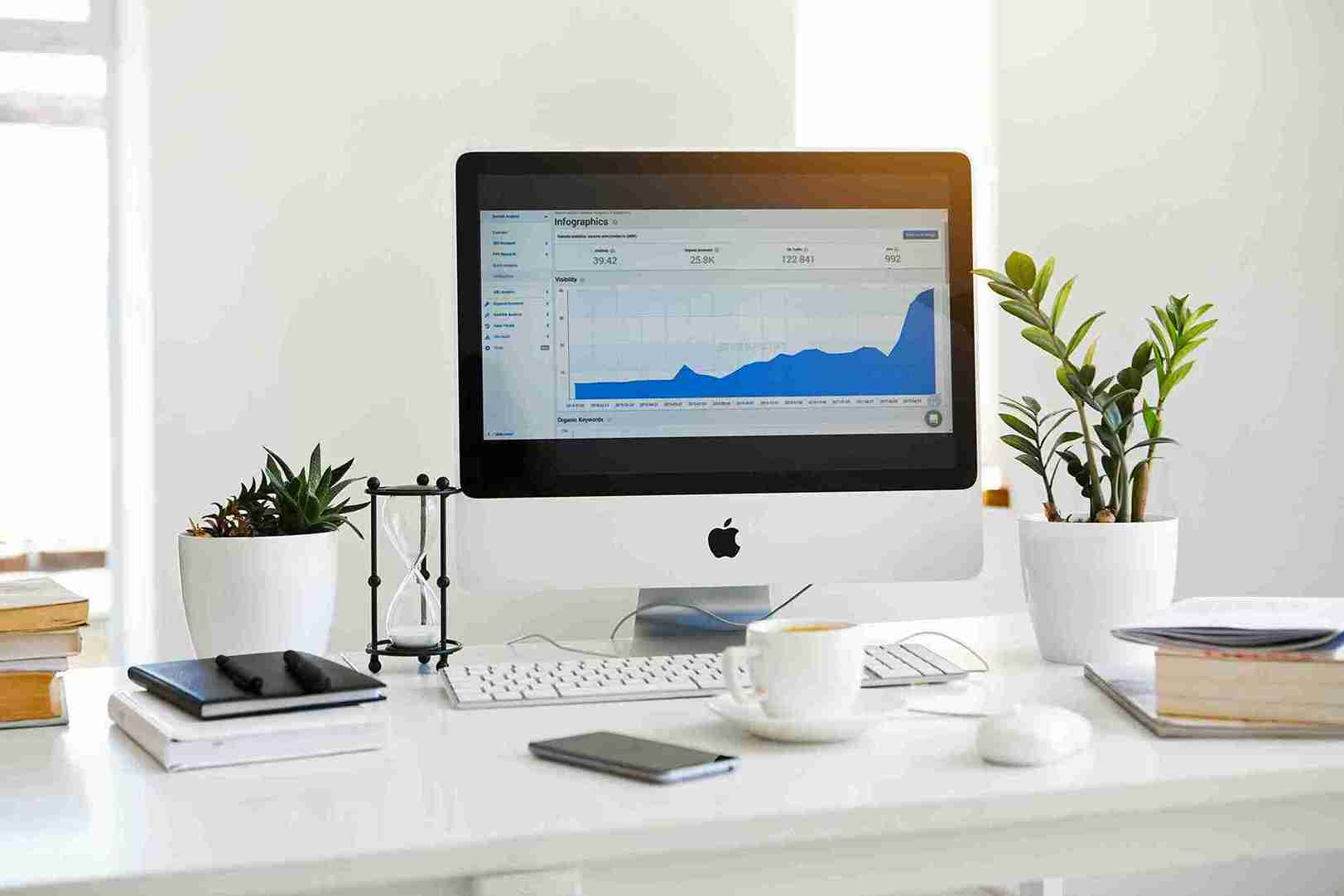
It is important to set up your workspace strategically to optimize your efforts:
a. Ergonomic Arrangement:
- Proper Monitor Height and Distance:
In the digital warfare, your eyes are the lookout. Position the monitor at eye level, neither looking down nor up, maintaining a comfortable distance. Too close, and you’re under fire; too far, and you lose sight of the enemy.
- Keyboard and Mouse Positioning:
Your hands? They’re the frontline troops. The keyboard and mouse should lie such that your arms form a near 90-degree angle. The battlefield is no place for wrist strain.
- Importance of a Comfortable Chair and Desk Height:
Hours of operation require a sturdy command chair. An adjustable, comfortable seat isn’t a luxury—it’s a necessity. And the desk? Ensure it matches your chair’s height. This isn’t just a workspace; it’s your war room.
b. Cable Management:
- Tools and Techniques for a Clutter-free Setup:
In a warzone, there’s no room for entanglements. Use velcro ties, cable sleeves, or under-desk trays. Organize and route them efficiently. A clutter-free base is a functional base.
- Benefits of a Neat Workspace:
Order isn’t just about aesthetics. It’s strategy. A tidy workspace means quicker reflexes, faster decisions, and a mind unburdened by chaos. Victory favors the organized.
c. Power Management:
- Using Surge Protectors and UPS:
Electricity: it’s the lifeblood of your operations. Guard it. A surge protector shields your equipment from voltage spikes. A UPS? It ensures you keep fighting, even when the power grid falls.
- Ensuring Safety and Constant Power Supply:
Safety isn’t just a guideline—it’s a doctrine. Regularly check your power cables for wear. Place your equipment away from liquid hazards. In the world of electronic warfare, a constant and safe power supply isn’t just about function—it’s about survival.
d. Maintaining Laptop Health:
- Regular Cleaning Tips:
Dust and debris: silent saboteurs. Wipe your laptop’s surface with a microfiber cloth. Compressed air? A soldier’s best friend for those hard-to-reach places, like keyboards. Clean, and keep the enemy at bay.
- Software Maintenance and Updates:
In the digital theater of war, outdated software is a chink in the armor. Regularly update your OS and applications. Run routine malware checks. Vigilance is the price of security.
In this digital age, where the lines between the real and the virtual blur, your workspace is your fortress. Equip it well, maintain its defenses, and it will serve you through countless battles. Onward, to victory!
Software Considerations:
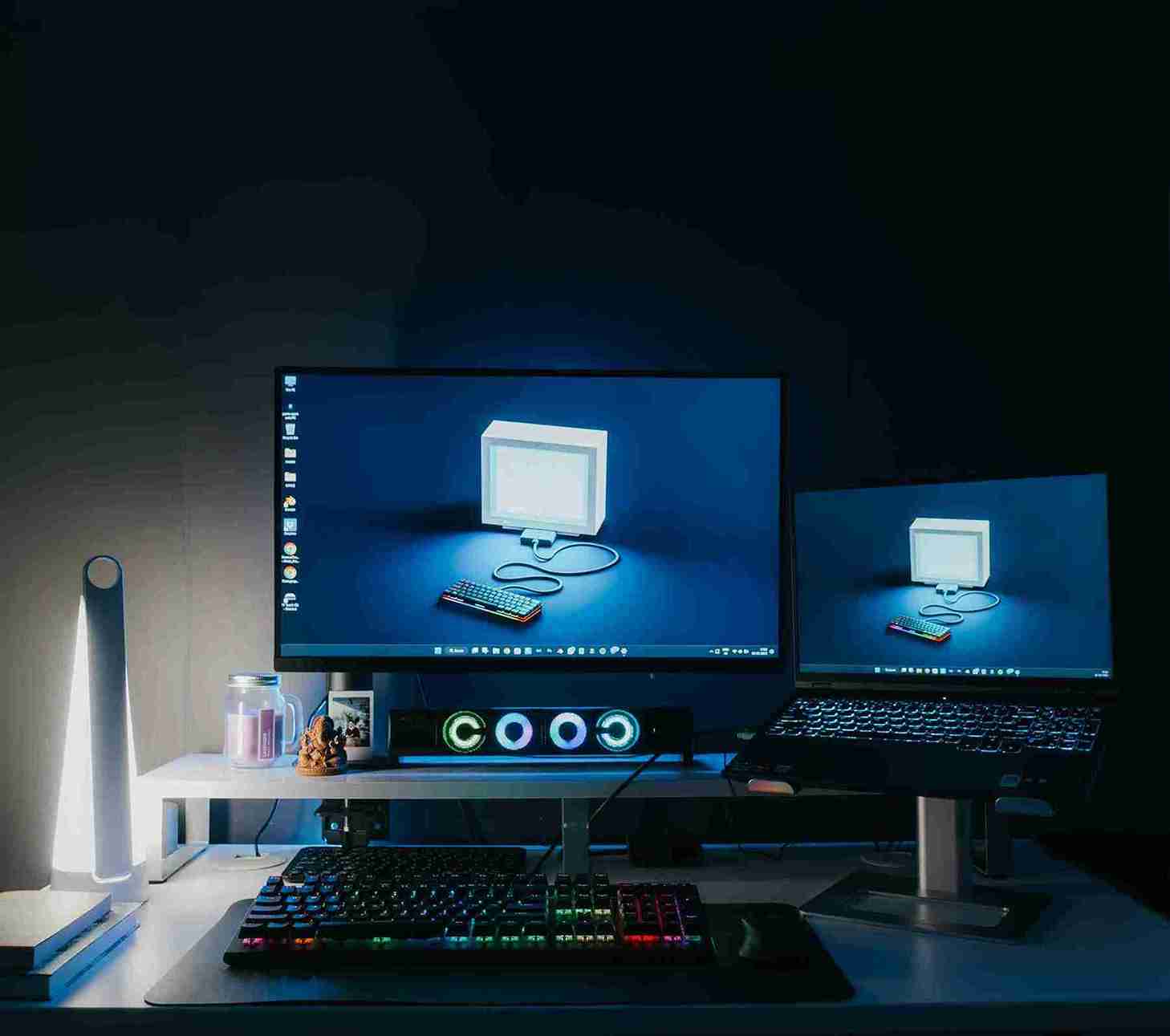
Mastering the Digital Arsenal
a. Using Extended or Duplicate Display Modes:
Battlefields require vision. Extended mode? Spread out, see more, boost productivity. Duplicate mode? Same view, two screens. Ideal for presentations or briefings. Setup? Different for Windows, Mac, Linux. But with the right intel, simple.
b. Performance-Boosting Software:
Every machine can push harder. Use tools to squeeze out that extra power when docked. But beware – out-of-date drivers are an Achilles heel. Update, always. Let every piece of hardware function at peak.
c. Remote Desktop Solutions:
Out in the field but need access to base? Remote desktop. Access files, run applications, from anywhere. Many tools out there: Windows Remote Desktop, Chrome Remote Desktop, TeamViewer. Each with its own strengths. Choose wisely.
Common Issues and Troubleshooting:

Combatting Digital Demons
a. Connectivity Problems:
Ever face a misfiring rifle? Same with monitors or peripherals. Connection issues lurk. Check cables. Test ports. Swap devices. Often, it’s a simple misstep, not a full-blown ambush.
b. Software Glitches:
In the digital battlefield, software can falter. Driver conflict? That’s an undercover enemy agent. Missing updates? That’s an intel gap. Both solvable. Hunt down the latest drivers. Update. Always.
c. Overheating Issues:
A smoking gun isn’t always good. Overheating laptops? Bad sign. Fans silent? Vents blocked? These are your early warnings. Quick fixes: Elevate, ventilate, and give some room to breathe. Long-term? Quality cooling gear. Protect the tech. It’s your ally in every mission.
Field problems are inevitable. But with the right strategies, every challenge can be overcome. Stay vigilant. Stay prepared.
Conclusion:
Laptop or desktop? It’s like choosing between a stealthy sniper and a frontline soldier. Combine the two, and you command an elite force. This laptop-desktop hybrid brings the best of both worlds. Flexibility. Power. Tactical advantages. But remember, it’s not about the arsenal; it’s how you use it. Adapt. Customize. Tailor your tech battleground to your mission’s demands.
